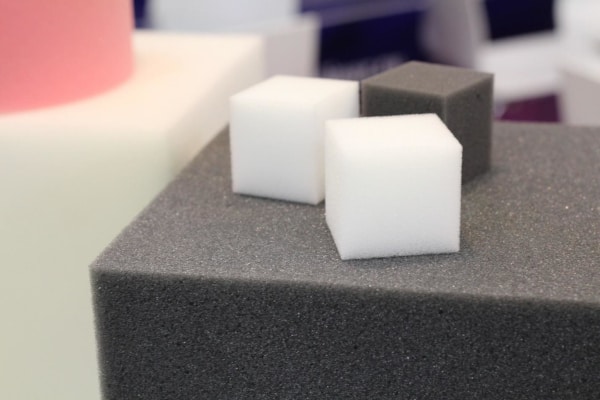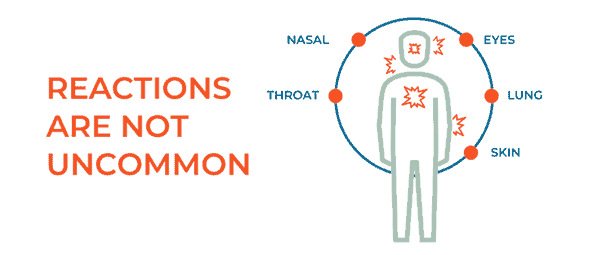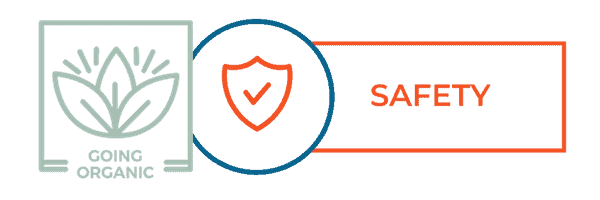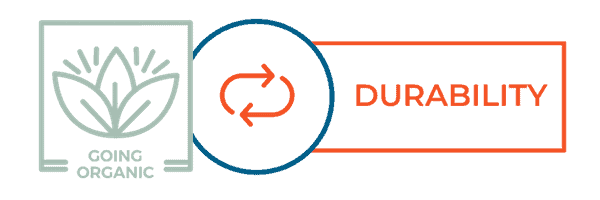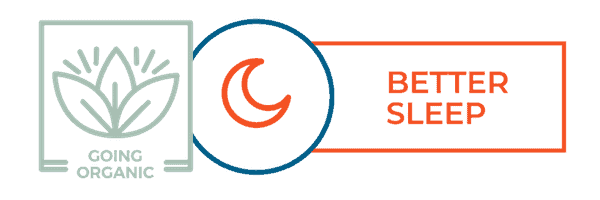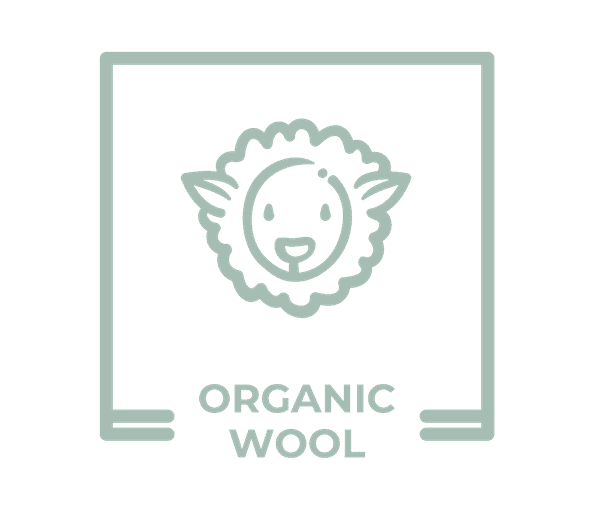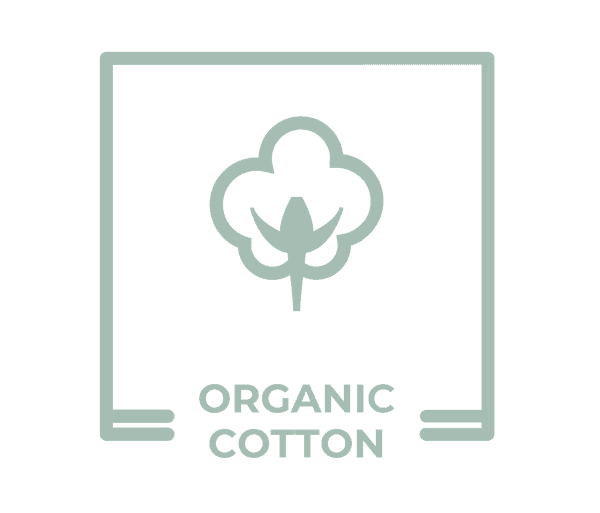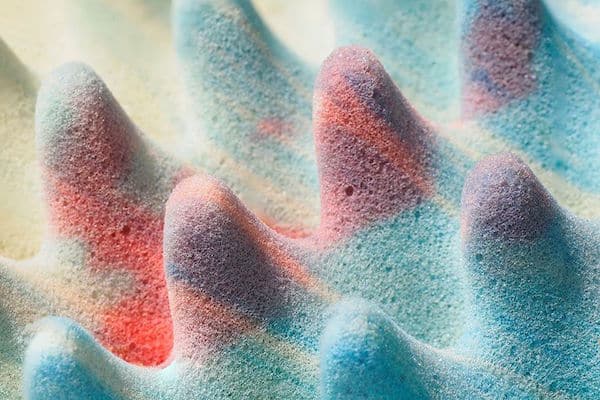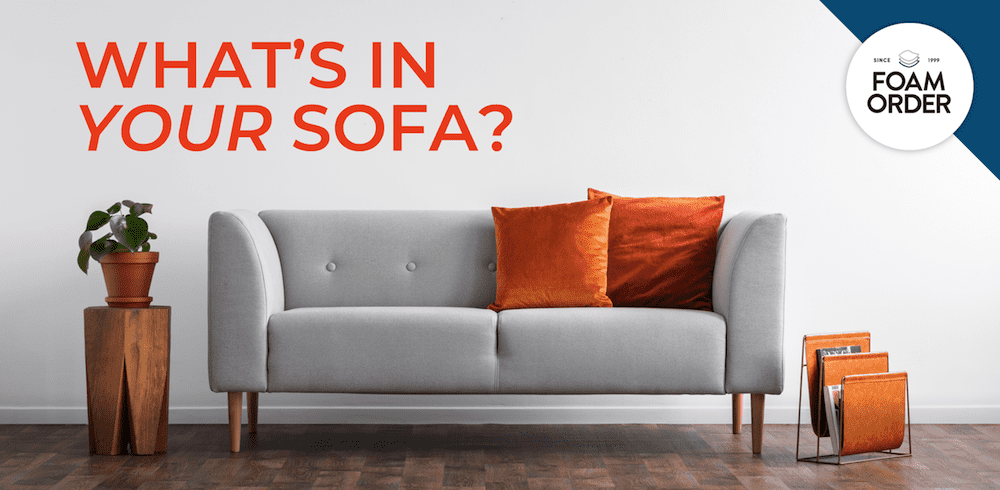
What’s in Your Sofa? Examining Polyurethane Foam
Most of us spend around a third of our time in bed. Some of us spend more time on the sofa streaming entertainment than we care to admit. Then there are home office chairs, patio chairs, poolside loungers and other furniture where you work or unwind.
In other words, we spend a considerable chunk of our lives on our furniture. Is that safe? That depends on the furniture. Unless you’ve already opted for eco-friendly furniture that promotes good health, your sofa and mattress are most likely filled with polyurethane foam.
At FoamOrder.com, our team often gets the question: is polyurethane foam toxic? After all, if you’re constantly sitting or lying on a certain material, you don’t want to be worrying about health and safety issues the whole time. Our experts have examined this topic and whether it’s safe to use a polyurethane foam mattress or sofa.
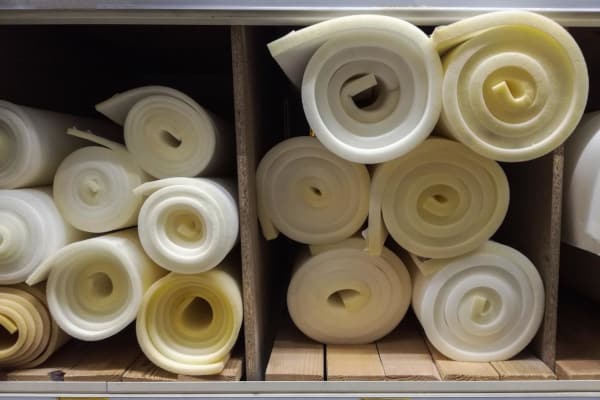
What is Polyurethane Foam?
Polyurethanes were invented in 1937 by the German chemical company IG Farben. While originally created as a substitute for rubber, these versatile plastics have a wide range of uses. This is because the process can result in various chemical structures for creating foams, varnishes and other materials.
Since World War II, polyurethanes have found their way into everything from adhesives and shoe soles to airplanes and wood floors — and even to padded bras. Furniture manufacturers are crazy about polyurethane foam. Even coil spring mattresses are typically padded with it.
Polyurethanes are elastic polymers that start their life as liquids. In their natural state, they are biochemically inert and don’t cause problems. Transforming them into foam, however, introduces blowing agents and other additives. The chemical reaction may produce toxic gases and residue. Are these emitted in homes over time?
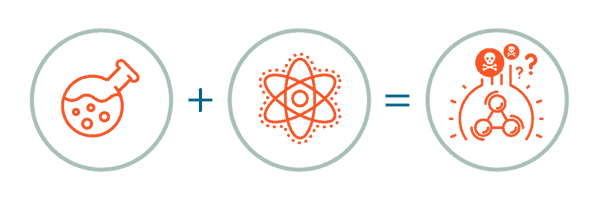
No one argues that polyurethane foam is flexible, comfortable, and highly durable. Even so, with decades of use now behind us, health and environmental concerns have been raised. Behind them is the question of whether polyurethane is toxic to humans.
